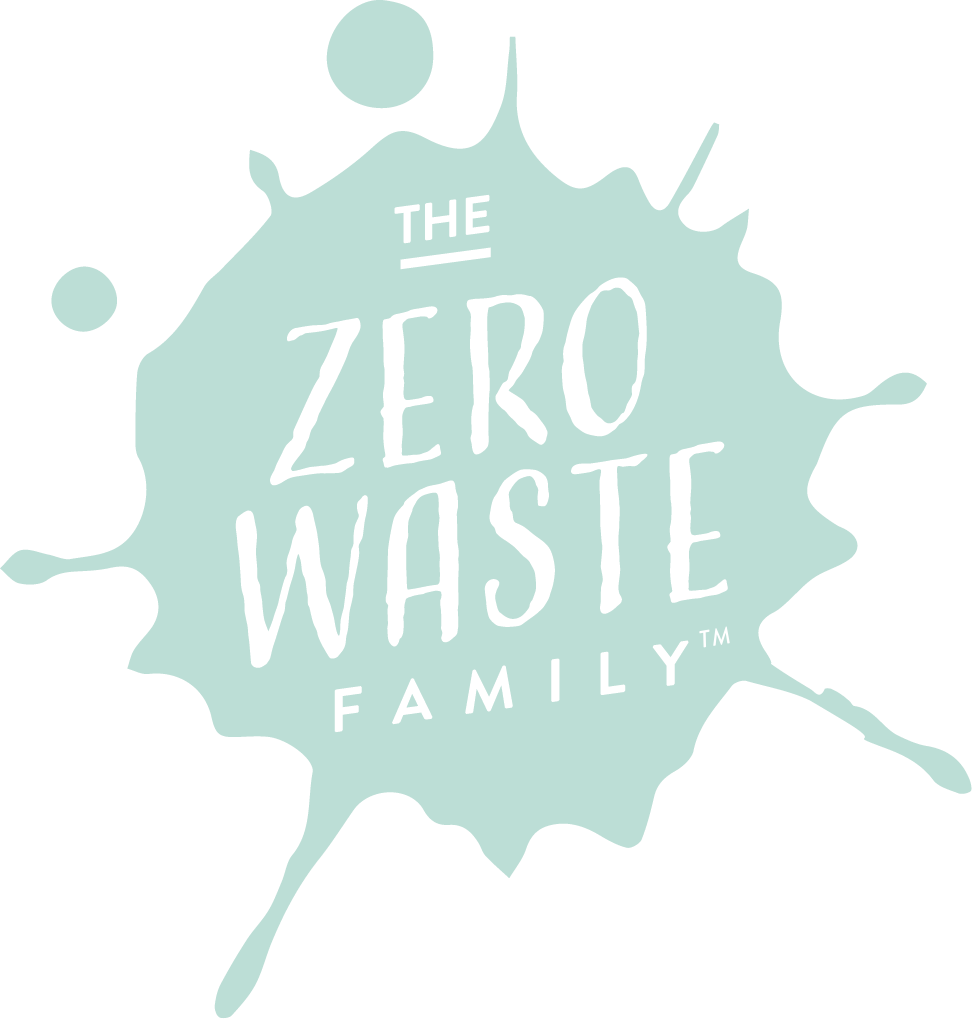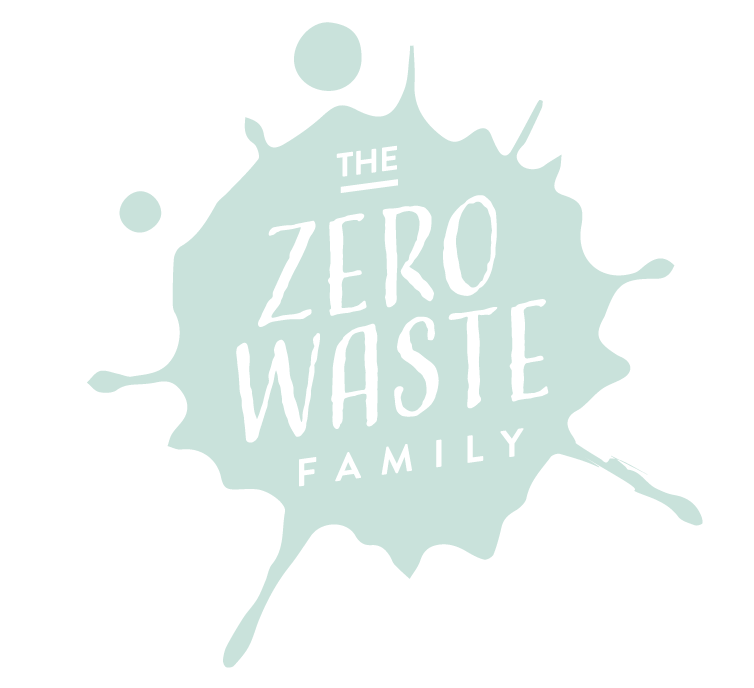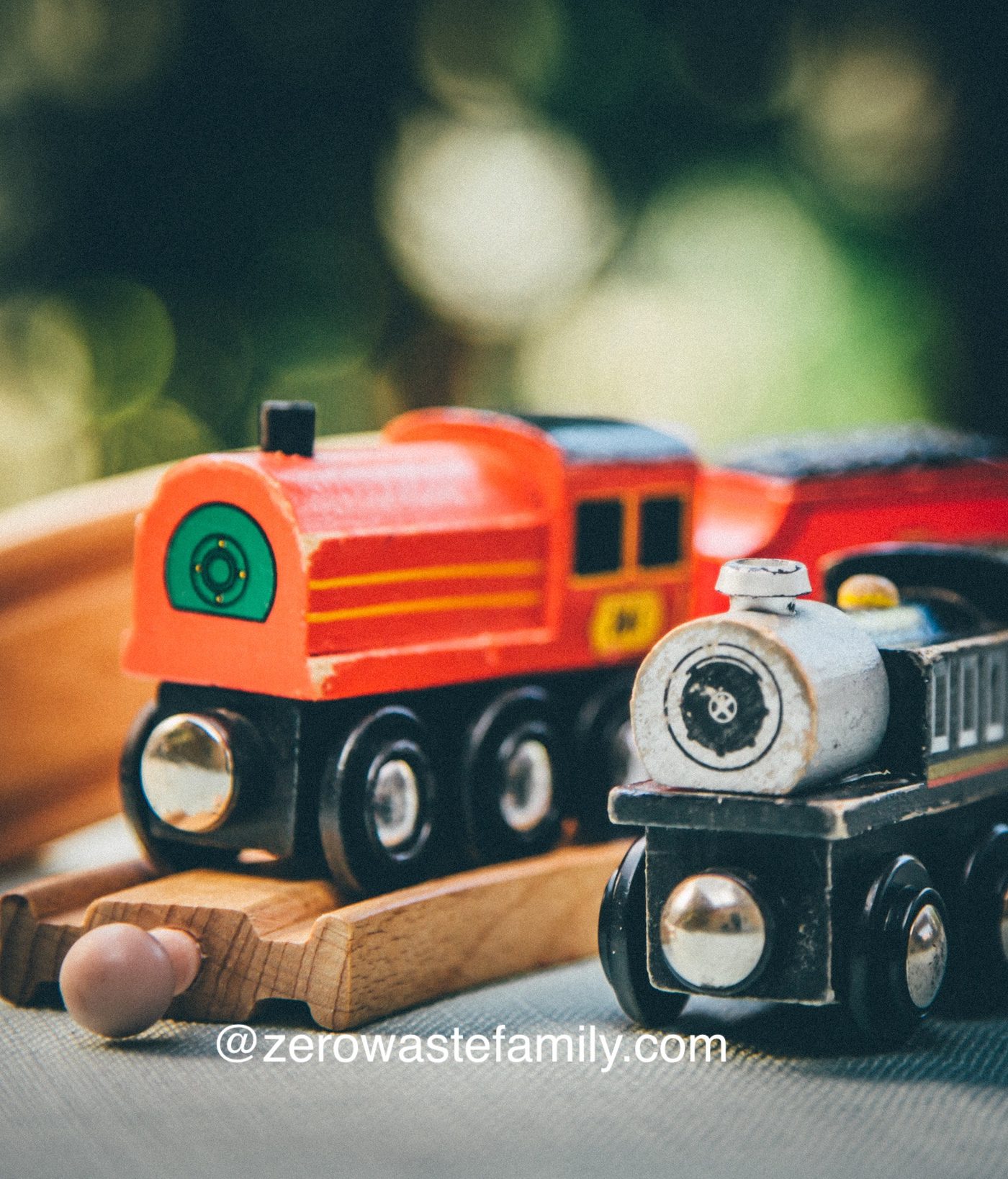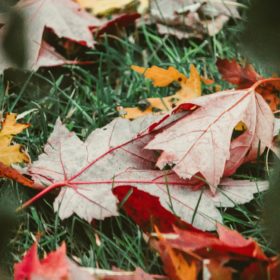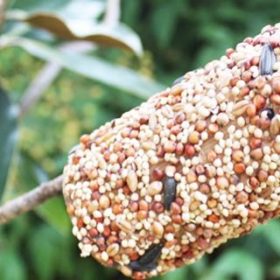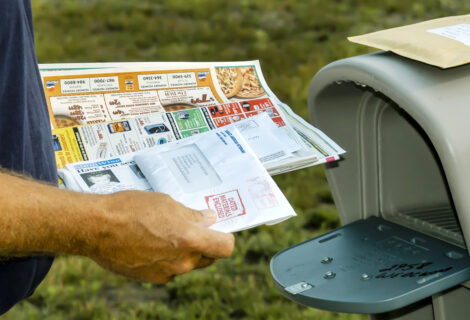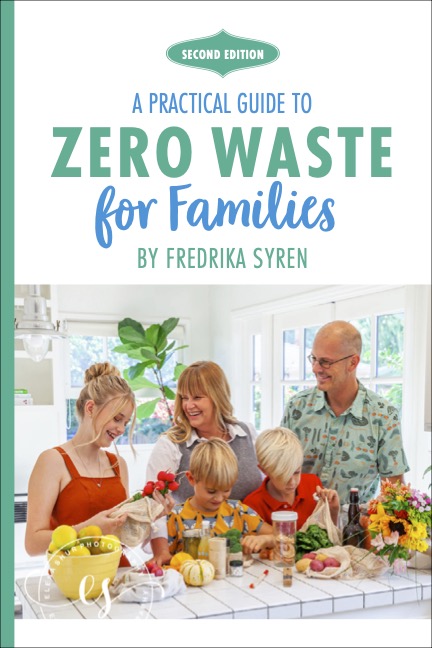I get so many questions about my best tips for green parenting and eco-friendly children. I totally understand how overwhelming it can be to have so many choices and know that the one you make may create a toxic environment. Toxins common in babies’ and kids’ materials can cause cancers, allergies and hormonal damage, and also damage our planet. So here 10 tips fo how to reduce waste and chemicals as a parent.

1. Use cloth diapers and wipes — Cloth diapers are the best and, believe me, they’re not hard to use at all. Disposable diapers, even non-bleached ones, add up to so much trash going to landfills, and they take at least 200 years to decompose. We use Bum Genius diapers and flushable liners to make cleaning up easier. Since we started with cloth diapers, it just made sense to also use cloth wipes and bottled baby bottom spray. Commercial and disposable wipes usually contain tons of harmful chemicals and create even more trash going to the landfill.
2. Use as few body products as possible — So many of the creams, lotions, powders and bubble baths are unnecessary, even harmful, for a baby and child since they contain so many toxins. Less is more, in my opinion, and all three of my kids seem to have survived. We have a good body wash and shampoo, and that’s it.
3. Use coconut oil — Coconut oil is fantastic. We use it for our bodies, hair, baby bottoms and cooking. Raw coconut oil is cheaper than any other baby bottom cream and works miracles on red baby bottoms. And it makes them smell soooo sweet.
4. Use organic crib sheets and sleepwear — Organic sleepwear and sheets are important because kids spend so much time sleeping. Their bodies and lungs can absorb so much of the chemicals in the fabrics during that time. Regular sleepwear and bedding are doused with flame retardants that are highly toxic.
5. Use toys made from natural and organic materials, and skips plastic — Toys may be painted with paint containing lead and, of course, we already know why plastic toys are no good. Our kids mostly play with toys made from natural materials or recycled materials. I’m so impressed with how many of our friends and family really go out of their way to give our kids toys made from non-toxic materials.
6. Buy used baby clothes or borrow them — I’ve never felt that all our baby stuff needed to be brand new; so for our first child, almost everything was recycled, used or borrowed from friends. Kids grow out of clothes so fast that there really is no need to buy so much for them, especially babies.
7. Use non-toxic cleaners only — Kids’ little bodies are very sensitive, so cleaning with strong chemicals and smells is a very bad idea. Today there are so many non-toxic and green cleaner brands on the market.
8. Feed organic and local food without GMOs — It goes without saying that eating organic and local food not only means you save the planet and support small farms, but also that it keeps you and your entire family safe from harmful pesticides that are sprayed in order to kill bugs, insects and mold. These are toxins that you would never let your child near if they were in a bottle, so why take a chance by letting them eat food sprayed with them? GMOs, in my opinion, are bad news. They certainly have not been investigated enough regarding their effects on humans.
9. Use baby bottles made from glass — Not only does a glass bottle last longer (unless you drop it, of course), but bottles made from glass pose no health problems because neither hot nor warm liquids cause the material to break down, as plastics do. Plastic does not last as long as glass, which also can be recycled once it’s no longer needed or is broken.
10. Send school lunches in reusable and eco-friendly lunch boxes — Instead of sending your kid’s lunch wrapped in plastic and paper that goes straight to the landfill, wrap food instead in reusable sandwich bags, bees wax raps and invest in an organic reusable school lunch box and containers. They are BPA and PVC free, so your child will skip the side of chemical with her/his lunch.
More links:
How to set up a chemical-free and eco-friendly nursery
How Remove Chemicals from your home
Growing Up On Chemicals – Our Children’s Toxic Environment
